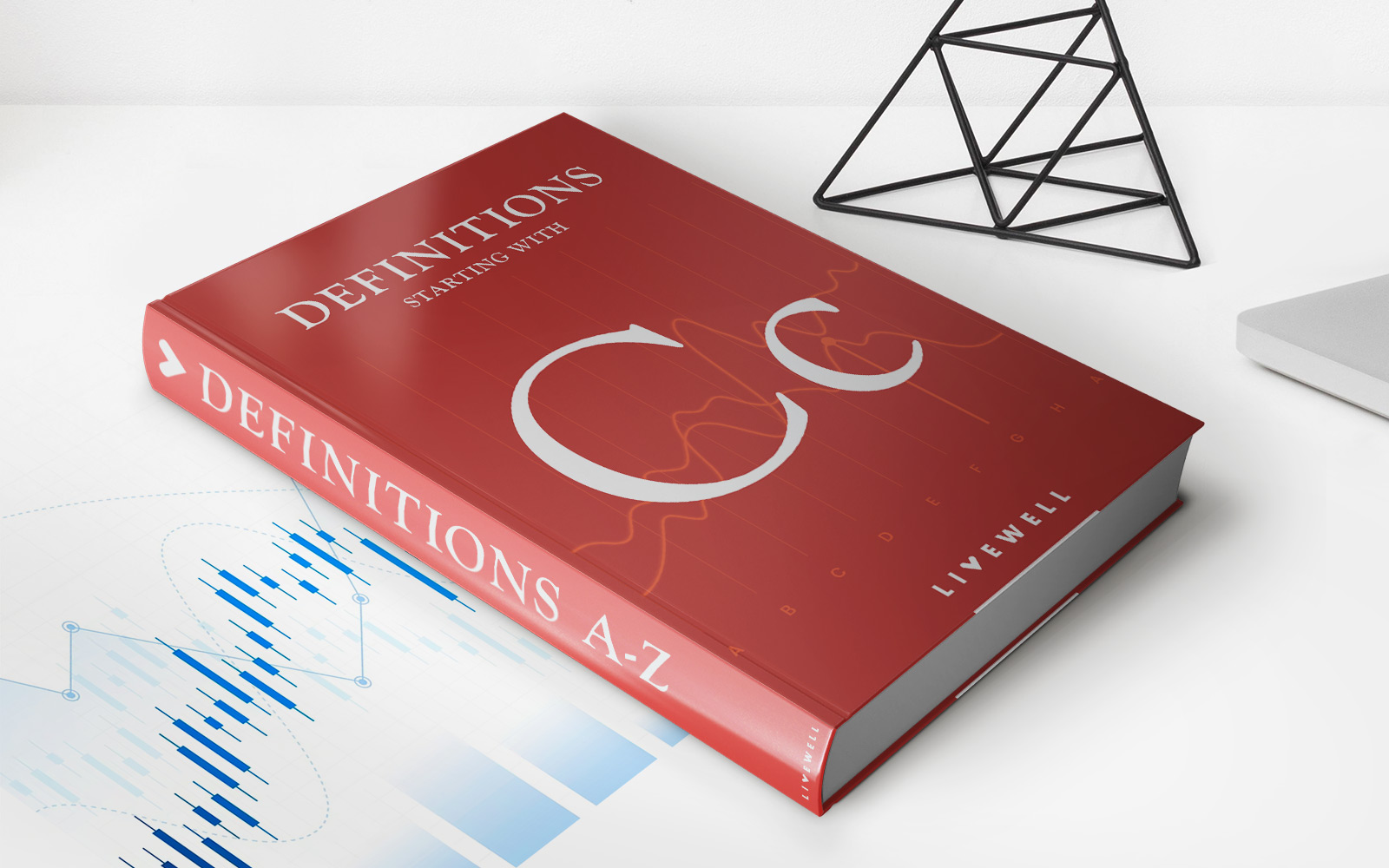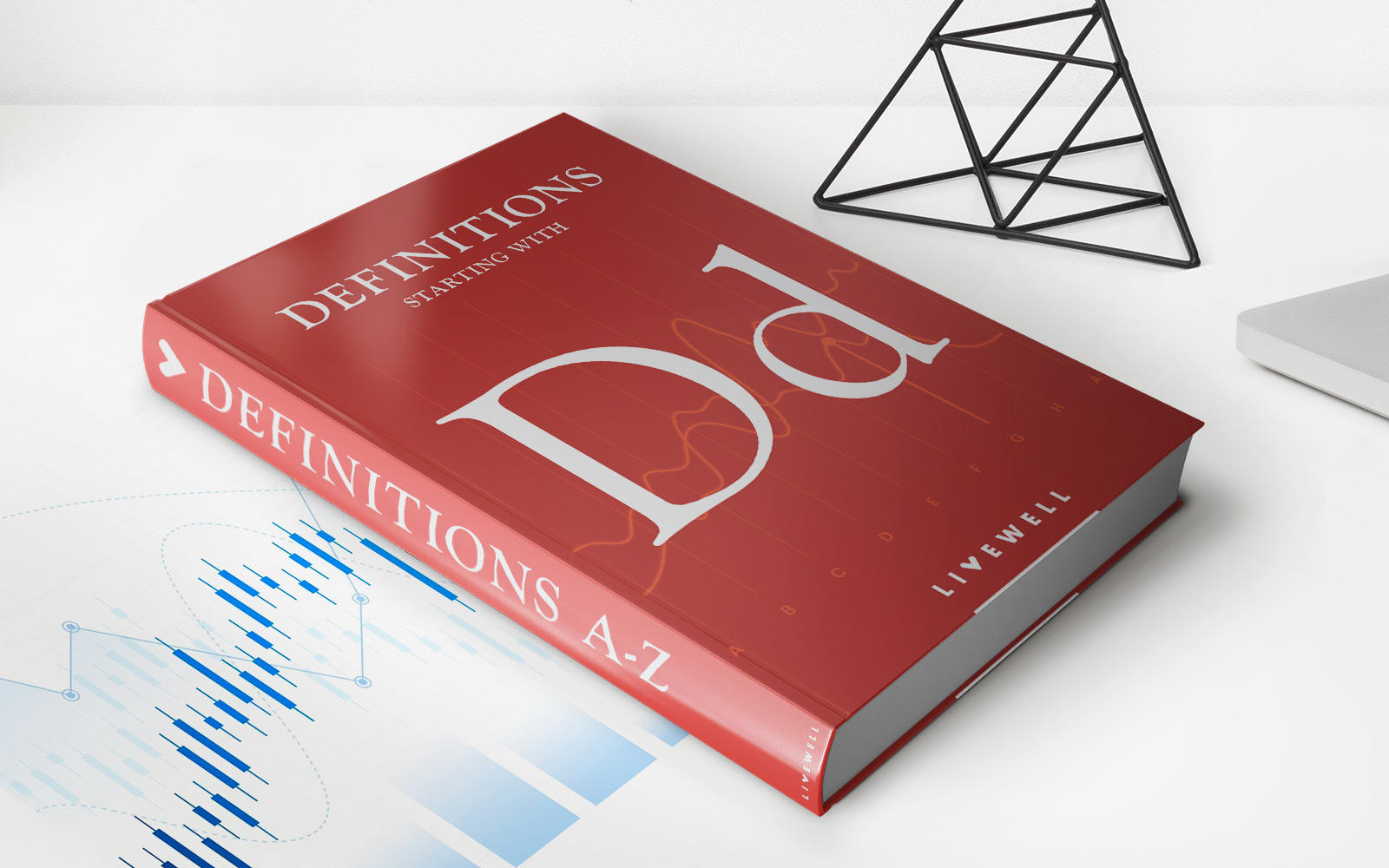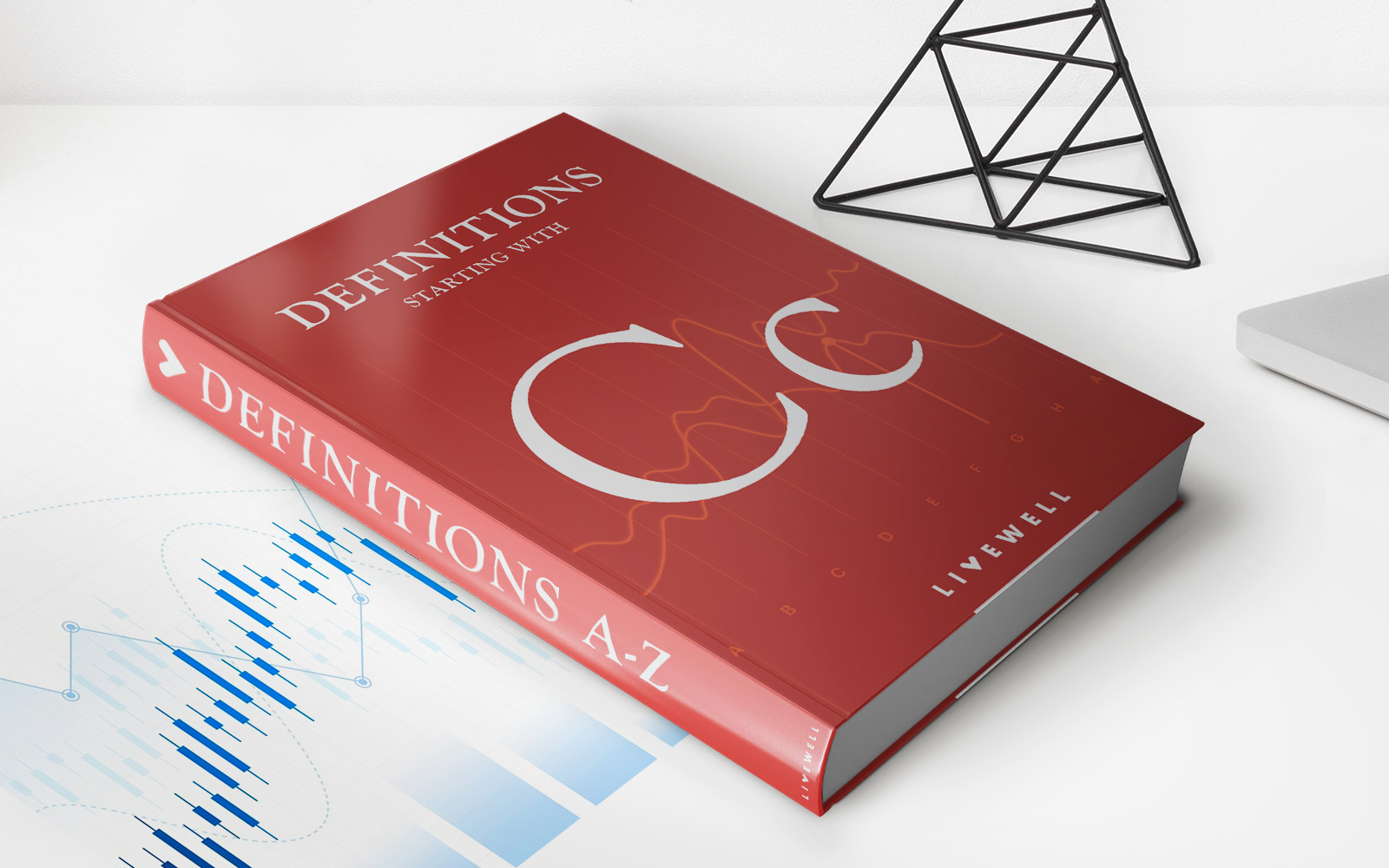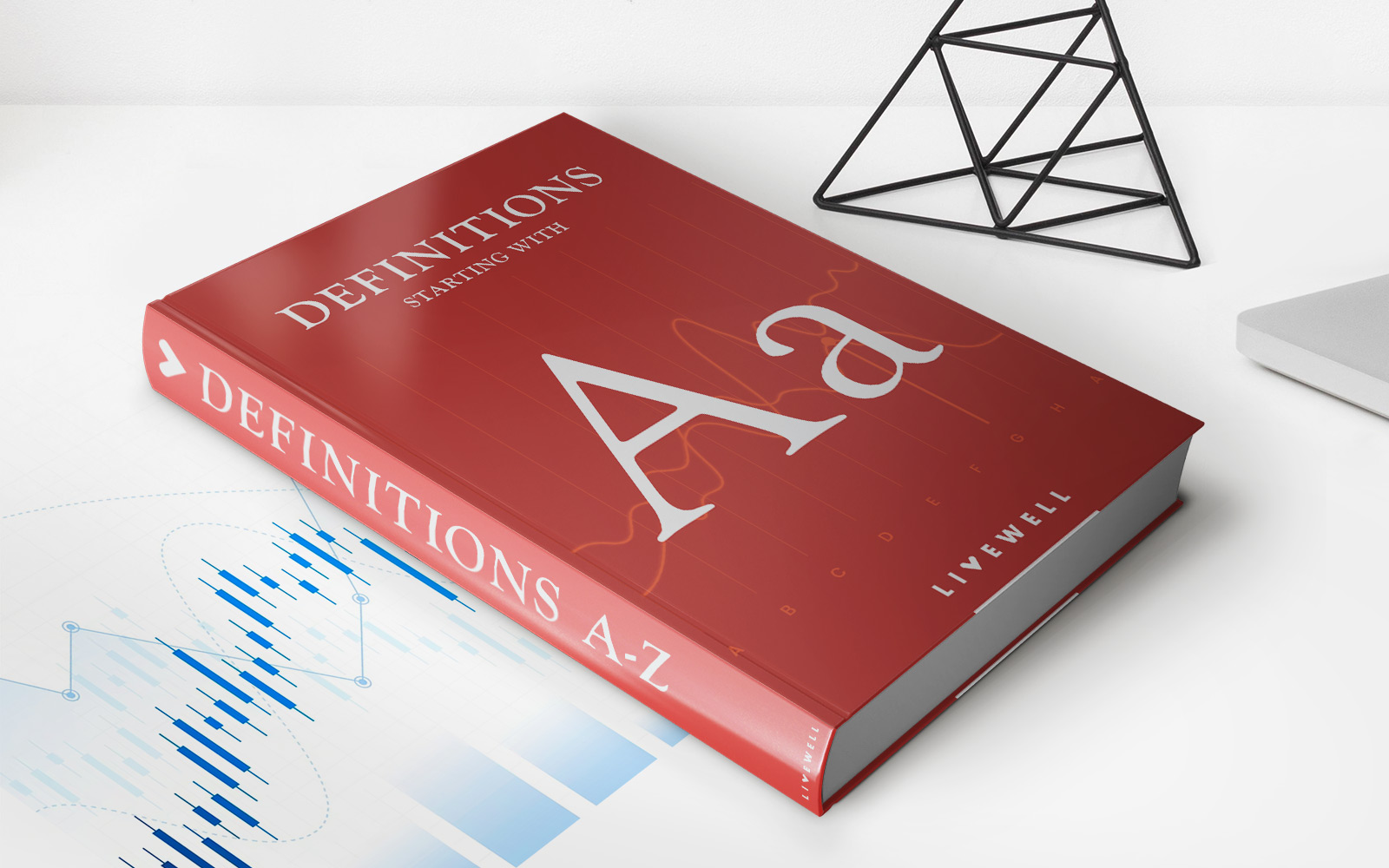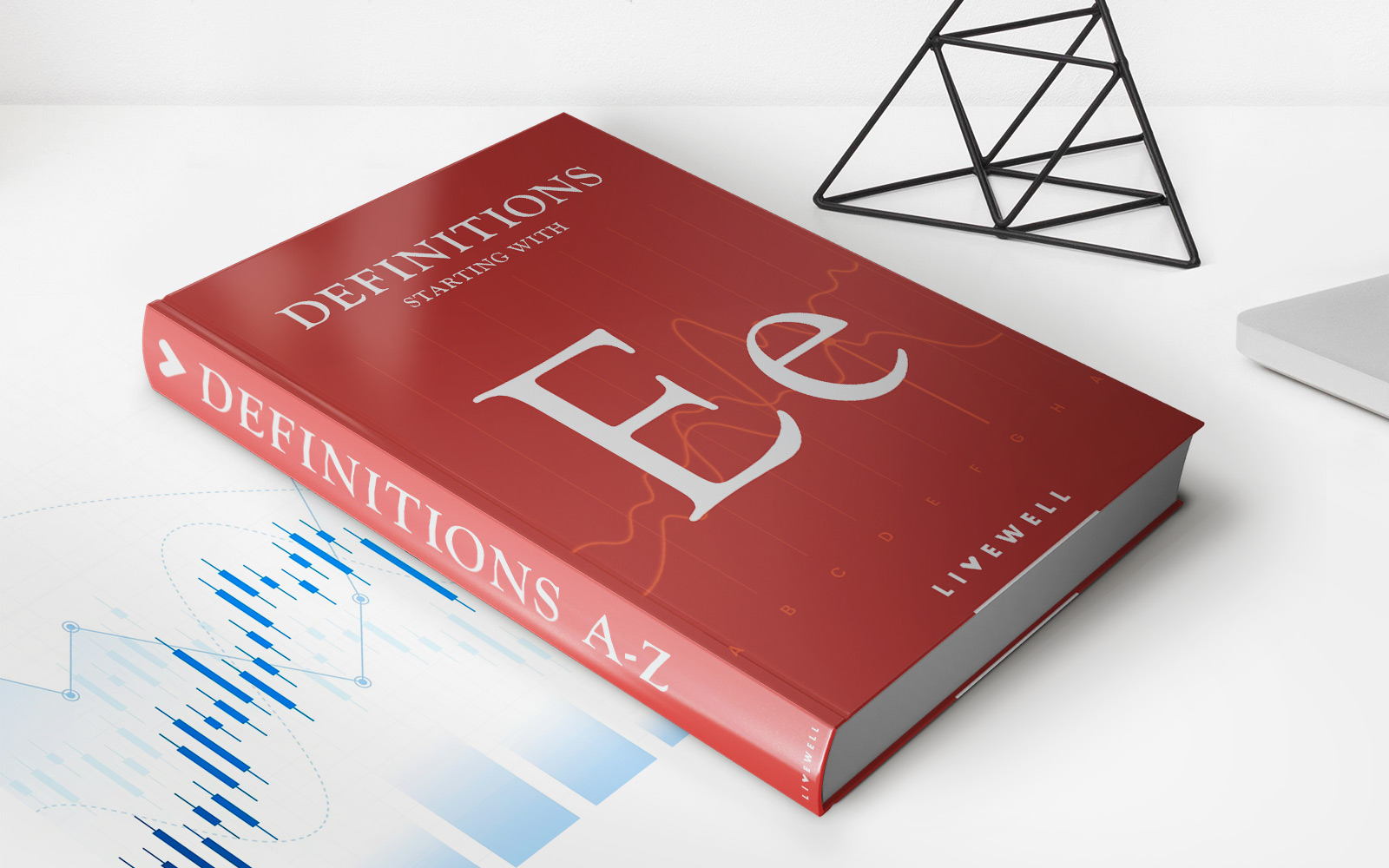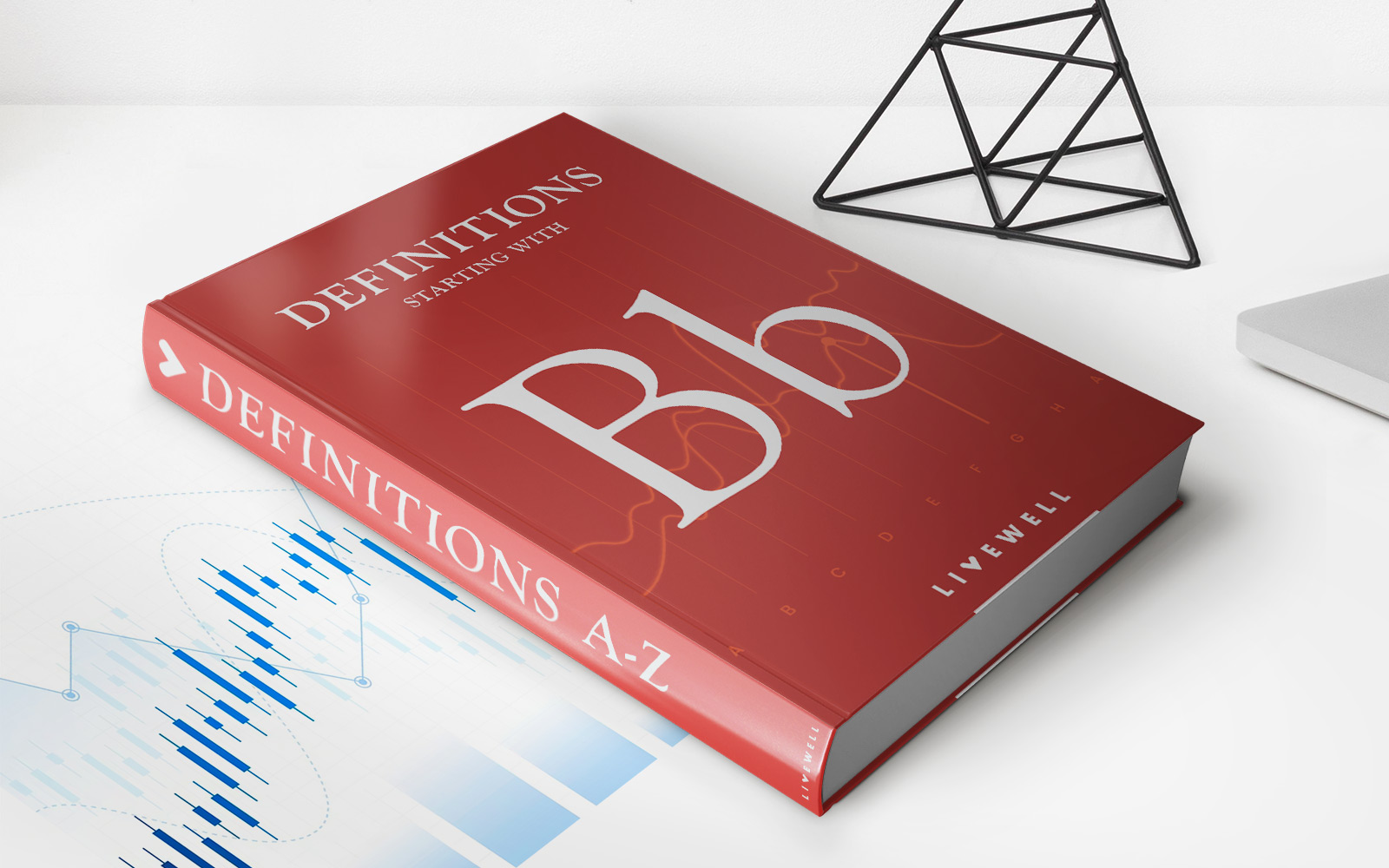Home>Finance>Final Dividend: Definition, Calculation, Example, Vs. Interim


Finance
Final Dividend: Definition, Calculation, Example, Vs. Interim
Published: November 23, 2023
Learn about final dividends in finance, including their definition, calculation methods, and an insightful example comparison with interim dividends.
(Many of the links in this article redirect to a specific reviewed product. Your purchase of these products through affiliate links helps to generate commission for LiveWell, at no extra cost. Learn more)
Final Dividend: Definition, Calculation, Example, Vs. Interim
One of the key aspects of managing personal finances is understanding different types of dividends and how they work. In the world of finance, dividends are a way for companies to distribute a portion of their profits to their shareholders. Two common types of dividends are final dividends and interim dividends. In this blog post, we will focus on final dividends and explore their definition, calculation, and provide examples to help you understand them better. Additionally, we will compare final dividends with interim dividends to highlight their differences.
Key Takeaways:
- Final dividends are declared at the end of a company’s financial year, while interim dividends are declared and paid out during the year.
- The calculation of final dividends depends on the company’s net income, dividend policy, and other factors determined by the board of directors.
What is a Final Dividend?
A final dividend is a distribution of profits that is declared and paid by a company to its shareholders after the completion of a financial year. Unlike interim dividends, which are paid out periodically throughout the year, final dividends are announced once the company’s annual accounts have been finalized and approved. They are typically paid in cash but can also be issued in the form of additional shares or other assets.
How to Calculate a Final Dividend?
The calculation of a final dividend depends on various factors, including the company’s net income, dividend policy, and any specific requirements or restrictions imposed by the board of directors. Here is a simplified formula for calculating the final dividend:
- Step 1: Determine the company’s net income for the financial year.
- Step 2: Decide on the dividend payout ratio, which is the percentage of net income to be distributed as dividends. For example, if the payout ratio is 50%, half of the net income will be distributed to shareholders.
- Step 3: Multiply the net income by the dividend payout ratio to calculate the total amount available for distribution.
- Step 4: Consider any additional factors or requirements set by the board of directors.
- Step 5: Allocate the calculated amount among the shareholders based on their shareholdings.
It is important to note that the actual calculation of final dividends can be more complex, taking into account factors such as retained earnings, debt obligations, and future growth prospects.
Final Dividend Example:
Let’s consider a fictional company called ABC Corporation. ABC Corporation has an annual net income of $1,000,000 for the financial year and has decided to distribute a final dividend of 40% of its net income to its shareholders. Based on this information, the calculation would be as follows:
- Step 1: Net income = $1,000,000
- Step 2: Dividend payout ratio = 40%
- Step 3: Total amount available for distribution = $1,000,000 x 40% = $400,000
- Step 4: Consider any additional factors set by the board of directors.
- Step 5: Allocate the $400,000 among the shareholders based on their respective shareholdings.
Final Dividend vs. Interim Dividend:
While both final and interim dividends serve the purpose of distributing profits to shareholders, there are some key differences between them:
- Timing: Final dividends are declared and paid out at the end of the financial year, whereas interim dividends are declared and paid out during the year.
- Frequency: Final dividends are usually paid once a year, whereas interim dividends can be paid multiple times within a year.
- Calculation: The calculation of final dividends is based on the financial year’s net income and other factors, while interim dividends may be calculated based on shorter periods or interim financial statements.
- Approval: Final dividends require the approval of the company’s board of directors and shareholders, while interim dividends may be declared by the board of directors alone.
- Flexibility: Interim dividends provide companies with more flexibility to quickly distribute profits to shareholders, while final dividends are determined and announced after the financial year’s accounts have been finalized.
In conclusion, understanding final dividends is crucial for shareholders and investors who want to manage their finances effectively. Final dividends represent a way for companies to reward their shareholders with a portion of their earnings at the end of each financial year. By knowing how to calculate final dividends and how they differ from interim dividends, individuals can make informed decisions about their investment strategies and financial planning.
